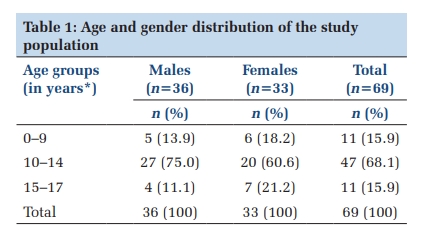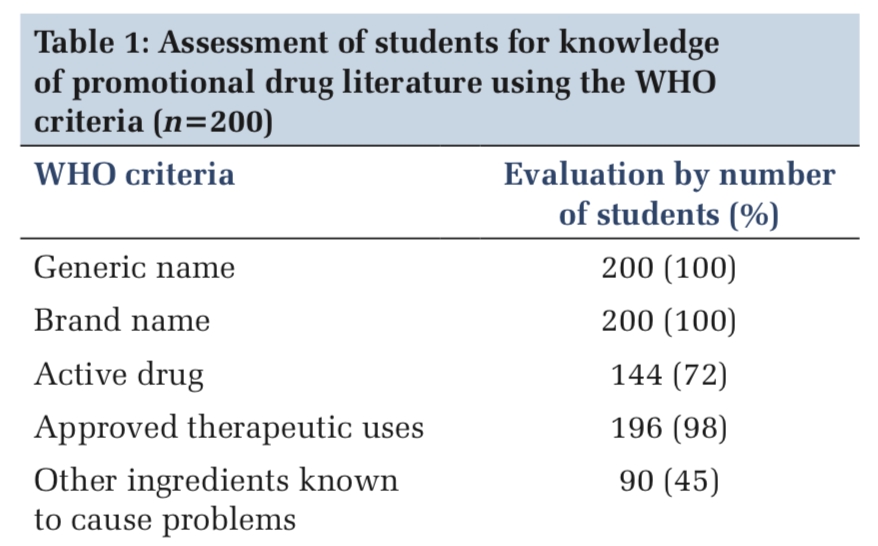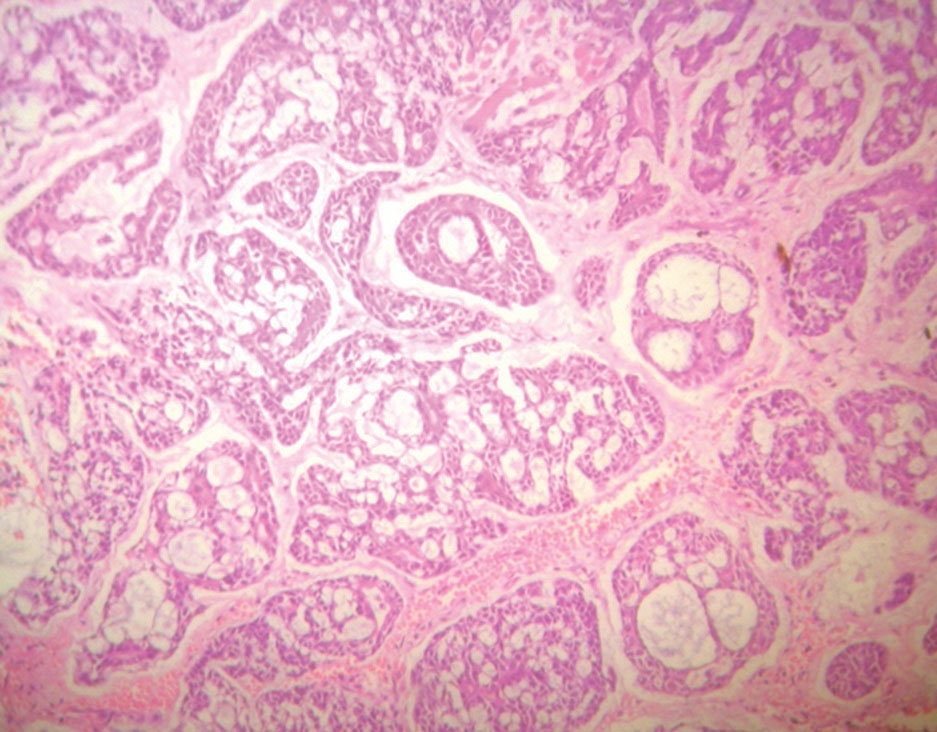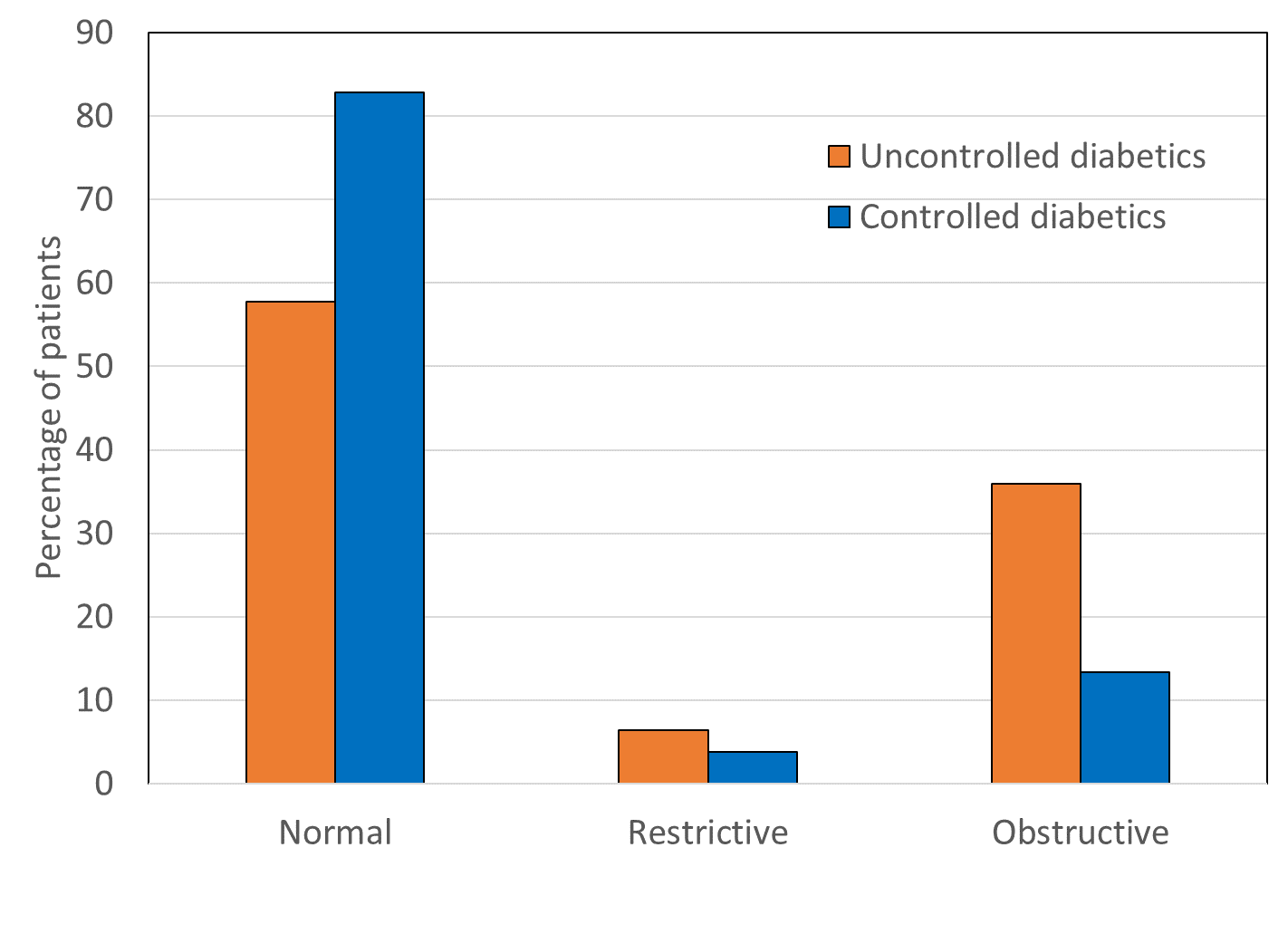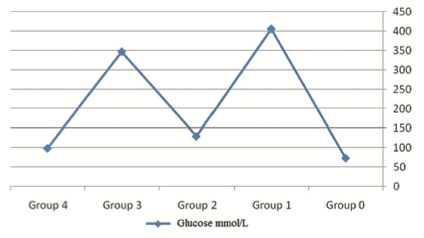Introduction
Rabies, an ancient disease continues to be a major public health problem in several African and Asian countries even today 1. Animal Rabies was described by Aristotle in the fourth century BC, and the Roman, Celsus, wrote of the human illness in the first century AD, when knowledge and fear of the disease were widespread 2. Rabies is an acute, progressive, and incurable viral encephalitis caused by a neurotropic RNA virus in the family Rhabdoviridae, genus Lyssavirus. Various mammalian reservoirs such as Carnivora and Chiroptera have been mentioned but rabid dogs still pose the greatest hazard worldwide 3. Transmission usually occurs when the virus is introduced from sources to a susceptible host via saliva and generally the following bite from an infected host. However, various other modes of transmission are possible via contamination of mucous membranes, aerosol transmission, and corneal and organ transplantations 4. Rabies generally affects underdeveloped, outreach places globally, with most related deaths occurring in Asia and Africa 5. A figure of 55,000 deaths per year worldwide and a major share of 56% occur in Asia followed by 44% in Africa 6. It has also been documented that 40% of those who are bitten and contract Rabies are under 15 years of age and this is mainly because they approach a rabid dog without fear due to a lack of awareness 7.
In India, rabies is considered a zoonotic problem with serious public health problems. In India, the disease is reported throughout the year and in all parts of the country excluding the water-locked islands of Lakshadweep and Andaman and Nicobar. In India, 95% of human rabies is caused by dogs, followed by cats (2%), jackals, mongooses, and others (1%) 8. However national figures may be doubtful as an annual figure of 30,000 is reported at the country level since 1985 9. In India rabies is mainly transmitted by the bite of the dog (97%) followed by a cat (2%) and jackals, mongooses, and others (1%) 8. Rabies which has 100% fatality is 100 percent preventable by vaccination in animals and people but still, it remains an under-reported and neglected zoonosis and affects the world's poorest and underserved communities. The population of India continues to be predominantly rural with agriculture as the main source of occupation for the majority of people. Provisional population totals of Census 2011 show that the majority of the population are from a rural background and it stands at 833.1 million (68.84 percent). In absolute numbers rural population has increased by 90.47 million 10. Management of dog bite wounds encompasses various myths, false beliefs, and inappropriate practices for ages. These include the application of red chilies, oils, and herbs, to the wounds and the belief in treatment provided from religious sources with unproven efficacy 11.
Facilities for the prevention of rabies are available in India but still, the awareness regarding these are lacking among the general population. As such, very few studies are available in the literature that assesses people's awareness of rabies. This study is undertaken to add to the existing limited information on knowledge, attitude, and practices about dog bites and their management in the rural community of Maharashtra and the same can be useful for designing a rabies prevention and control program in the future targeting both the animal source and the human population at risk.
Methodology
The study was a cross-sectional study conducted in an identified rural community (population size 1146). Heads of the household who was permanent residents of that identified area were included in the study. Institutional Ethics Committee clearance was taken and written informed consent was obtained from all, before the conduct of the study. The sample size was calculated with alpha error= 5%, Level of confidence in an interval estimation= 95%, and absolute error of margin on either side of truth (d)= 5% with the anticipated proportion of study population KAP as per the previous study 9. The sample size came out to be 279 with a finite correction of the rural population. Sampling was done using systematic random sampling using with formula k=N/n (N= Sampling frame, n= sample size, k= 1146/279= 4.1) and data was collected using pretested questionnaire using personal interviews, and descriptive and inferential statistics were applied to conclude the Research Question.
Results
The mean age of the subjects was 42.8±7.5 years and the majority (68.8%) were male and 31.2% were female. Socio-Demographic Variables of study participants are shown in Table 1. In our study majority (72.4%) do not have any pet dog and all (100.0%) have experienced a dog bite for themselves or anyone in the family in a lifetime.
|
Characteristics |
Male |
Female |
Total |
|
Gender, No (%) |
192 (68.8) |
87 (31.2) |
279 (100.0) |
|
Age group, years, No (%) |
|||
|
20-30 |
02 (1.0) |
02 (2.3) |
04 (1.4) |
|
30-40 |
84 (43.8) |
45 (51.7) |
129 (46.2) |
|
40-50 |
73 (38) |
22 (25.3) |
95 (34.1) |
|
50-60 |
32 (16.7) |
16 (18.4) |
48 (17.2) |
|
>60 |
01 (0.5) |
02 (2.3) |
03 (1.1) |
|
Mean ± SD |
42.9±7.3 |
42.6±7.9 |
42.8±7.5 |
|
Education, No (%) |
|||
|
Illiterate |
22 (11.5) |
11 (12.6) |
33 (11.8) |
|
Primary |
22 (11.5) |
08 (9.2) |
30 (10.8) |
|
Middle |
57 (29.7) |
15 (17.2) |
72 (25.8) |
|
High |
36 (18.8) |
22 (25.3) |
58 (20.8) |
|
Intermediate |
35 (18.2) |
21 (24.1) |
56 (20.1) |
|
Graduate & above |
20 (10.4) |
10 (11.5) |
30 (10.8) |
|
Socio economic class (Modified BG Prasad’s scale), No (%) |
|||
|
Lower |
56 (29.2) |
23 (26.4) |
79 (28.3) |
|
Lower middle |
75 (39.1) |
37 (42.5) |
112 (40.1) |
|
Middle |
33 (17.2) |
15 (17.2) |
48 (17.2) |
|
Upper middle |
26 (13.5) |
10 (11.5) |
36 (12.9) |
|
Upper |
02 (1.0) |
02 (2.3) |
04 (1.4) |
|
Pet ownership, No (%) |
|
|
|
|
Yes |
53 (27.6) |
24 (27.6) |
77 (27.6) |
|
No |
139 (72.4) |
63 (72.4) |
202 (72.4) |
|
History of dog of self / family members, No (%) |
|||
|
In last six month |
31 (16.1) |
15 (16.5) |
46 (17.2) |
|
Ever in life time |
192 (100.0) |
87 (100.0) |
279 (100.0) |
Knowledge about Dog bite And Its Management
In our study majority (93.4% total; 93.3% in males and 93.6% in females) have correctly described rabies illness. 89.6% of participants agreed about the natural course of rabies is 100% fatal. All the subjects (100.0%) correctly know that the main animal of rabies in India is a dog and the correct mode of disease transmission. However, only 7.9% know the most common age group affected (8.9% among males and 5.7% among females). The majority (59.1%) have heard about the anti-rabies vaccine (58.9% male and 59.8% female) during the conduct of our study. The same has been shown in Figure 1.

In response to the animals apart from a dog which acts as a reservoir of rabies only 18.3% mentioned cats followed by a monkey (10.8%), mongoose (7.9%), fox (6.5%), and bat (1.8%) as shown in Table 2.
|
Knowledge |
Cat |
Monkey |
Mongoose |
Fox |
Bat |
|
Four animals apart from dog acting as reservoir of rabies (%) |
51(18.3) |
30(10.8) |
22(7.9) |
18(6.5) |
5(1.8) |
(*Multiple responses)
In our study, it was found that awareness of the anti-rabies vaccine varies in different groups based on their educational qualification and Pearson's chi-square value was statistically significant (Table 3).
|
|
Illiterate (%) |
Primary school (%) |
Middle school (%) |
High school (%) |
Intermediate/post high school (%) |
Graduate and above (%) |
Total (%) |
|
|
Awareness about vaccine |
|
|||||||
|
Yes |
13(4.7) |
11(3.9) |
29(10.4) |
35(12.5) |
40(14.3) |
28(10.0) |
156(55.9) |
|
|
No |
20(7.2) |
19(6.8) |
43(15.4) |
23(8.2) |
16(5.7) |
02(0.7) |
123(44.1) |
|
|
Total |
33(11.9) |
30(10.7) |
72(25.8) |
58(20.7) |
56(20.0) |
30(10.7) |
279(100.0) |
|
|
χ2 =38.27; degree of freedom=5; p<0.05 |
||||||||
|
Belief in treatment by native/traditional healers following dog bite |
||||||||
|
Yes |
07(2.5) |
06(2.2) |
13(4.7) |
11(3.9) |
10(3.6) |
04(1.4) |
51(18.3) |
|
|
Neutral |
20(7.2) |
21(7.5) |
43(15.4) |
33(11.8) |
12(4.3) |
04(1.4) |
133(47.7) |
|
|
No |
06(2.2) |
03(1.1) |
16(5.7) |
14(5.0) |
34(12.2) |
22(7.9) |
95(34.1) |
|
|
Total |
33(11.9) |
30(10.7) |
72(25.8) |
58(20.7) |
56(20) |
30(10.7) |
279(100.0) |
|
|
χ2 =61.12; degree of freedom=10; p<0.05 |
||||||||
Attitudes towards Dog bite and Its Management
It has been shown that dog bites as a serious medical threat are agreed strongly by 12.2%. 9.3% strongly agreed that dog bites can be treated by native/traditional healers while 47.7% found them to be having a neutral attitude toward the same. Vaccination of pet dogs as a periodic activity to prevent rabies has been strongly disagreed by 22.2% of participants. 23.3% strongly agreed that stray dogs are a social nuisance. The majority 38.4% remained neutral towards the implementation of the Animal Birth Control program and 22.2% strongly disagreed with the same (Table 4). The relationship between the level of education and attitude towards native/traditional healers in preventing rabies after a dog bite was significant (p<0.05).
|
Attitude |
Strongly Agree (%) |
Agree (%) |
Neutral (%) |
Disagree (%) |
Strongly Disagree (%) |
|
Dog bite: serious medical condition |
34(12.2) |
22(7.9) |
107(38.4) |
60(21.5) |
56(20.1) |
|
Treatment from native / traditional healers |
26(9.3) |
25(9.0) |
133(47.7) |
42(15.1) |
53(19.0) |
|
Periodical vaccination of pet dog |
44(15.8) |
56(20.1) |
56(20.1) |
61(21.9) |
62(22.2) |
|
Stray dogs: social nuisance |
65(23.3) |
77(27.6) |
96(34.4) |
22(7.9) |
19(6.8) |
|
Animal Birth Control |
12(4.3) |
29(10.4) |
107(38.4) |
69(24.7) |
62(22.2) |
Practices towards Dog Bite and Its Management
It was found that in the following dog bites only 28.0% (28.6% Male; 26.4% Female) would like to wash the wound with soap and water following a dog bite. However, nearly half 54.1 % (53.1 Male; 56.3% Female) would like to wash with water only. 17.9% of participants either have not considered any first aid measures or incorrect practice measures like application of tight bandage or application of kerosene oil/cow dung. The detailed practices toward Dog bite and management of study participants are shown in Table 5.
|
Practices |
Male (%) |
Female (%) |
Total (%) |
|
First aid measure after animal bite (n=279) |
|||
|
Clean wound with water |
102 (53.1) |
49 (56.3) |
151 (54.1) |
|
Clean wound with water and soap |
55 (28.6) |
23 (26.4) |
78 (28.0) |
|
Clean wound with kerosene/oil/cow dung |
12 (6.2) |
7 (8.0) |
19 (6.8) |
|
Apply tight bandage |
18 (9.4) |
3(3.4) |
21 (7.5) |
|
No/Uncertain |
5 (2.6) |
5 (5.7) |
10 (3.6) |
|
Further treatment following first aid (n=279) |
|||
|
Yes |
137 (71.4) |
67 (77.0) |
204 (73.1) |
|
No |
18 (28.6) |
11 (23.0) |
75 (26.9) |
|
Source of seeking treatment (n=204) |
|
|
|
|
Doctor/hospital |
39(28.5) |
21 (31.3) |
60(29.4) |
|
Pharmacy shop |
36(26.3) |
22 (32.8) |
58 (28.4) |
|
Household |
30(21.9) |
11(16.4) |
41(20.1) |
|
Native/traditional healers |
25(18.3) |
10(14.9) |
35(17.2) |
|
Reason for not taking treatment from doctor/hospital (n=75) |
|||
|
Not advised |
12 (21.8) |
4 (20.0) |
16 (21.3) |
|
High cost |
23 (41.8) |
12 (60.0) |
35 (46.7) |
|
Don’t know where to go |
1 (1.8) |
1 (5.0) |
2 (2.7) |
|
Not required |
7 (12.7) |
2 (10.0) |
9 (12.0) |
|
Side effects |
12 (21.8) |
1 (5.0) |
13 (17.3) |
|
Action towards a suspect rabid animal (n=279) |
|||
|
Inform authorities |
106 (55.2) |
52 (59.8) |
158 (56.6) |
|
Killing |
51 (26.6) |
15 (17.2) |
66(23.7) |
|
No action/Uncertain |
35 (18.2) |
20 (22.9) |
55 (19.7) |
|
Practice of keeping pet dogs (n=279) |
|||
|
Housed in cages |
3 (1.6) |
0 (0.0) |
3 (1.1) |
|
Free to roam around |
83 (43.2) |
34 (39.1) |
117 (41.9) |
|
Tied outside the house |
75 (39.1) |
38 (43.7) |
113 (40.5) |
|
Live inside the house |
28 (14.6) |
14 (16.1) |
42 (15.1) |
|
Housed in cages and free to roam sometimes |
3 (1.6) |
1 (1.1) |
4 (1.4) |
|
Vaccination of pet dog (n=279) |
|||
|
Yes |
98 (51.0) |
37(42.5) |
135 (48.4) |
|
No/Uncertain |
94 (49.0) |
50(57.5) |
144 (51.6) |
Discussion
This study has provided an insight into the current knowledge, attitude, and practices on dog bites and their management in the community and is discussed in the following paragraphs with other studies as found in the literature.
Knowledge about the natural course of rabies and principal animal reservoir
Consistent findings like our study about knowledge about the natural course of rabies have been found by various researchers like Matibag C et al. (90.5%), Lunney M et al. (85.4%), and Tadesse Guadu et al. (94.9%) 12, 13, 14, 15, 16. However, in contrast to our findings in a study at Ballabgarh researchers found that knowledge about natural courses among the study population was 84.0% 14. In another study in Bangladesh, 77.5% were aware of it 15. Mention has also been made about knowledge about the fatal nature of rabies among 79.0% in a study from Srilanka and 63.0% in a study in Tanzania 12, 13. The possible reason may be that these studies have been conducted quite long periods back (Matibag GC et al.: 2009) and awareness about the disease may be low among the African population.
Consistent findings like our study regarding knowledge about the main animal reservoir have been shown by various studies ranging from 95.0% to 100.0% like Rumana R et al, Nitheshkumar et al. Singh US et al. M Prakash et al, Kabeta T et al. Maria Digna Winda Widyastuti et al. 15, 1, 9, 17, 18. However, in contrast to our findings, in a study from Srilanka authors mentioned that 82.4% of participants were knowing that dogs act as the main animal reservoir for rabies 13. Similarly, Matibag GC et al. mentioned that knowledge about the main animal reservoir among the population was found in 79.0%.36 Possible reason may be that the studies have been conducted nearly a decade back and show such a low level of awareness. In one study by Guadu T et al, it was found that 71.3% of participants were aware of the main animal reservoir of rabies as found by Ameh VO et al. (81.5%) and Rumana R et al. (86.0%) 16, 17. The low level of awareness in Africa may be the factor that may explain such findings. In another study from Bangladesh authors brought out that 86.0% had correct knowledge about principal reservoirs 19.
Knowledge about the mode of disease transmission, the role of the vaccine in preventing rabies, and statistical significance of education and the role of the vaccine in preventing rabies
Consistent findings like our study regarding mode of transmission have been found by M Prakash et al. (100%) and Maria Digna Winda Widyastuti et al. (96.0%) 18, 20. However, in contrast to our findings, a study at Srilanka authors mentioned that 85.9% know about the same. In a study in Ethiopia, only 54.7% and in Tanzania >80.0% have known about the correct mode of disease transmission. The possible reason may be that the study has been conducted in Africa where knowledge of the population is poor 12, 13, 16.
Consistent findings like our study regarding knowledge about the anti-rabies vaccine were found by M Prakash et al and a statistically significant relationship between educational status and awareness about the vaccine was found by M Prakash et al, R Rumana et al, Nithsesh Kumar et al and U S Singh et al 15, 18, 1, 9. However, in contrast to our findings, in a study researchers found that 88.0% of participants knew about the anti-rabies vaccine. 36 Similarly Singh US et al mentioned that 86.6% and a study by Agarvval N et al. found that 92.0% know about vaccines 9, 14. Two studies from Bangladesh mentioned that 70% (R Rumana et al.) & 85% (Ghosh S et al.) participants heard about the anti-rabies vaccine. The possible reason may be due to the recent rabies elimination program in Bangladesh with assistance from WHO and the World Society for Protection of Animals since 2011 and so a majority know about the vaccine 15, 19.
Attitudes towards treatment by native/traditional healers following dog bite & dog bite as a serious medical condition
Very few studies have used the Likert scale in their study design to analyze attitudes towards dog bites and their management. However consistent findings regarding belief toward traditional/native treatment have been found with M Prakash et al (7.0%), Singh US et al (19.2%), and Tadesse Guadu et al (9.4%) 18, 9, 16. In contrast to our findings research by Matibag GC et al (0.2%), Nithsehkumar et al (32.0%), Kabeta T et al (75.0%), Ghosh S et al (59.0%), Agarvval N et al (42.0%), Opaleve OO et al (38.7%) has shown incomparable findings 13, 1, 21, 19, 14. The possible reason may be that few of the studies (Kabeta T et al, Opaleve OO et al) have been carried out in Africa where belief in traditional treatment and superstitions is high. A possible reason for inconsistent results with other researchers may be that these studies (Agarvval et al, Nithsehkumar et al) have been carried out a long time back ranging from 2003 to 2012.
Similarly, in contrast to our findings regarding dog bites as serious medical condition research by Matibag C et al (90.5%) and Tadesse Guadu et al (94.9%) mentioned different results 13, 16. A possible explanation for the research by Tadesse Guadu et al may be that the study has been carried out in an urban setting.
Attitude towards stray animal birth control programme and pet vaccination
India has an unusually high proportion of ownerless dogs and dog population management has been used for canine rabies control in animal birth control programs, in which free-roaming dogs are caught, sterilized, vaccinated, and released into their community. Several locations have reported reductions in the number of human deaths from rabies during such programs. The contribution of sterilization, over and above vaccination alone, to the control of dog rabies has, however, not been fully evaluated 6.
Consistent findings for animal birth control measures have been noted by M Prakash et al (16.5%) and study by US Singh et al (5.7% as compared to our findings of a strongly agreed population) 18, 9. However, in contrast to our findings, various authors have found inconsistent findings for a positive attitude toward animal birth control measures like Matibag C et al (60.3%), Maria Digna Winda Widyastuti et al (96%) 22, 20. A possible explanation for inconsistent findings with Maria Digna Winda Widyastuti et al may be that the study has been carried out in an urban setting.
Similarly, inconsistent findings in respect of positive attitudes toward pet dog vaccination were found with Matibag C et al (57.4%) and US Singh et al (5.7%) 13, 6. A possible explanation for the study by US Singh et al may be that the study has been carried out since long back in 2005.
Practices towards wound washing & source of seeking treatment following a dog bite
Immediate first aid measures as well as seeking treatment from an authentic source are important issues following a dog bite. However, in India as well as across the world it is very common to rely on household/traditional treatment as brought out by various studies underneath.
Consistent findings related to immediate first aid measure as washing wound has been found in various studies like M Prakash et al (66.0%), Sheetal V et al (72.0%), Matibag C et al (78.2%), Tadesse Guadu et al (70.8%) 18, 13, 16. However in contrast to our findings inconsistent result has been mentioned by various studies like Singh US et al (31.1%), Ghosh S et al (3.0%), Maria Digna Winda Widyastuti et al (41.0%), Patil SP et al (24.1%) 9, 20. A possible explanation for the findings by Maria Digna Winda Widyastuti et al could be that the study has been conducted in Africa where incorrect practice following a dog bite is quite common.
Consistent findings regarding the source of seeking treatment from doctors/hospitals like our study have been found with M Prakash et al (24.0%). However in contrast to our findings various authors mentioned about incomparable findings like Singh US et al (36.4%), Tadesse Guadu et al (41.2%), Ghosh S et al (85.0%), Agarvval (53.0%), Patil SP et al (48.5%) 9, 16, 19, 14.
A consistent finding regarding treatment from traditional sources has been found in a study from Jammu (21%). However various authors has mentioned about findings inconsistent to our present study like M Prakash et al (10.0%), Tadesse Guadu et al (9.4%), Singh US et al (0.2%), Rumana R et al (67.8%), Ghosh S et al (9.0%) 18, 16, 9, 15, 19. A possible explanation may be that these studies have been carried out during different periods and in different regions.
Practices towards a suspect rabid animal, pet rearing practices, and pet vaccination
Pet rearing practices and periodic vaccination of pet dogs are important measures to control rabies in the household as well as in the community while the same value is true for actions towards a suspect rabid animal. Effective vaccination campaigns need to reach a sufficient percentage of the population to eliminate disease and prevent future outbreaks, which for rabies is predicted to be 70%, at a cost that is economically and logistically sustainable.
Findings of our study regarding the action toward suspect rabid animals have been inconsistent with Kabeta T et al where 34.6% of respondents indicated that they would slaughter and eat the animal, while 65.4% stated that the animal would be killed and burned 21. The possible reason may be the different cultural and feeding patterns of the African population in our study group. Our findings regarding pet dog rearing practices are consistent with the study by Matibag C et al where researchers found that 40.5% would like to allow their pet dog to roam around freely unsupervised 13. Practices of pet dog rearing in cages have been mentioned by Matibag C et al (59.9%) and Veronica C et al (11.5%) which is inconsistent with our findings 19, 17.
Consistent findings regarding pet dog vaccination have been found in the study by M Prakash et al (52%) 18. However inconsistent findings of the same issue have been mentioned by Matibag C et al (57.4%) and Maria Digna Winda Widyastuti et al (11% to 77%), Veronica C et al (86%).
CONCLUSION
From the findings of the present study, it is concluded that there exists a considerable gap in knowledge regarding the disease, its natural course, animal reservoirs involved in the chain of transmission, mode of transmission, common age group affected, observation of dogs for at least 10 days following the date of bite, availability of anti-rabies vaccine for human use, attitude towards treatment provided by native/traditional healers, the seriousness of the disease as serious medical ailment, animal birth control programs, periodic pet vaccination and practices following a dog bite, source of taking treatment, action towards suspect rabid animal and pet dog rearing practices. Increasing the awareness, and changing the attitude and beliefs among the study population is the need of the hour, Accordingly, Regular IEC activities to be planned at various schools, Rural Health Training Centre (RHTC), local religious temples, Anganwadi Centre, involving various health care workers, teachers, and residents to impart health education among people. Educated persons from the society as well as children studying at the secondary and higher secondary level should be trained as peer leaders and they can be used to spread information to others.
Authors Contribution
All authors have contributed to preparation of manuscript.
Conflict of Interest
Nil.
Authors Funding
Nil.







